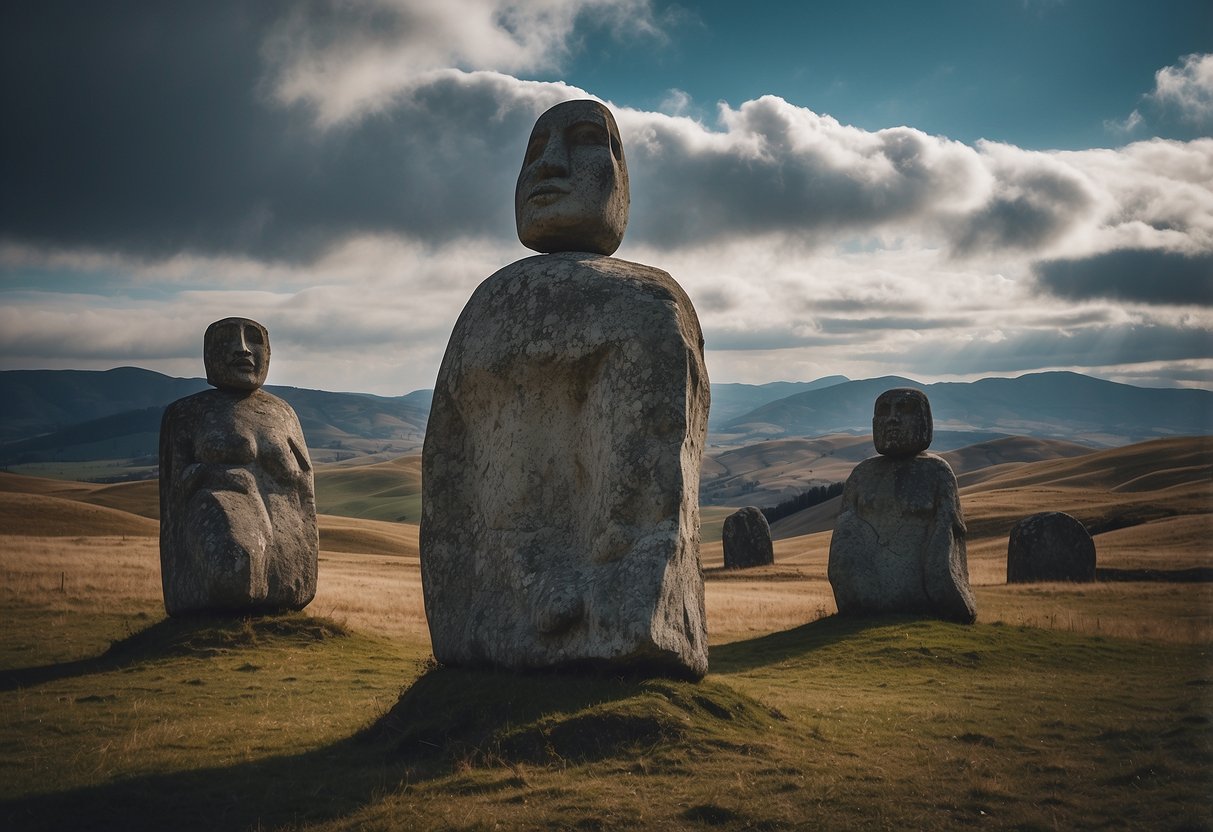
Connectivity and Practical Information
Traveling to Easter Island requires some preparation. Understanding how to stay connected and the essentials of health, safety, and regulations will enhance your trip.
Staying Connected: Internet and Communications
Internet access on Easter Island can be limited and slower than many travelers are used to. Wi-Fi is available in most hotels, but the signal strength can vary. Visitors may find that wired connections are more reliable where available.
Cellular coverage covers most populated areas but may drop in remote locations. SIM cards from some international carriers work, but it’s recommended to check in advance. Roaming charges can be high, so consider purchasing a local SIM card if staying for an extended period.
Generally, public Wi-Fi hotspots are rare. Internet cafes exist but may not operate late into the evening. Prepare for offline periods, especially when exploring more isolated parts of the island.
Health, Safety, and Regulations
Healthcare on Easter Island is basic, with the main hospital in Hanga Roa providing most services. For serious conditions, doctors might recommend evacuation to mainland Chile. Bring necessary medications since pharmacies may not carry all prescriptions.
Crime is relatively low, but it’s wise to follow typical travel safety rules. Keep personal belongings secure and avoid leaving valuables unattended. Tap water is generally unsafe to drink, so opt for bottled water instead.
Tourists should be aware of regulations protecting archaeological sites. Climbing or sitting on Moai statues is prohibited, and heavy fines apply to those who violate these rules. Respecting local customs and rules ensures a respectful and safe visit.
Leaving No Stone Unturned
Easter Island’s enchanting landscape is rich with lesser-known sites and opportunities for preserving memories through photography. From hidden caves to lesser-visited ahus, each location offers unique insights and stunning visuals.
Easter Island’s Lesser-Known Sites
Visitors often focus on the famous moai statues, yet the island offers many lesser-known attractions. Anakena Beach not only has stunning sands but also the Ahu Nau Nau with its well-preserved moai. Nearby lies the mysterious Te Pito Kura, where the island’s largest moai once stood before being toppled.
Ahu Akivi features seven moai that uniquely face the ocean. Puna Pau, the quarry where the moai’s topknots were sourced, adds layers to the island’s archaeological narrative. Explore the volcanic caves like Ana Kakenga, also known as the “Two Windows cave,” and Ana Te Pahu, for a journey beneath the surface.
Papa Vaka provides insight into the island’s rock art, showcasing ancient petroglyphs. Ana Kai Tangata is a coastal cave thought to have ceremonial significance. Each site invites visitors to connect deeply with Easter Island’s rich history and culture.
Photography and Preserving Memories
Easter Island’s landscapes and historical sites are a paradise for photographers. Capturing the sunrise at Ahu Tongariki is a must, as the first light reveals the silhouettes of the restored moai. For a more secluded experience, visit Anakena Beach in the early morning when the light softens the statues’ features.
Adventurers seeking unique shots should visit Ana Kakenga for its dramatic cliffside views framed by the cave’s natural windows. The petroglyphs of Papa Vaka offer detailed and engaging subjects for photography enthusiasts.
When photographing these sites, respecting local guidelines and preservation rules is crucial. Avoid touching or climbing on the moai to ensure they remain intact for future generations. Remember to share your experience responsibly to inspire and educate about Easter Island’s unmatched beauty.